Cities are in the middle of a massive transformation. From how we commute and communicate to how we shop and socialize, everything is being redefined by technology. In this race toward smarter, more connected urban living, one truth has become increasingly clear: the future doesn’t wait in traffic—it parks smart and moves forward.
At first glance, parking might seem like a small cog in the vast machinery of a modern city. But its impact is anything but minor. Parking sits at the intersection of traffic flow, urban planning, environmental policy, and economic activity. When it works, it enables everything around it to function better. When it fails, it creates bottlenecks—both literal and metaphorical.
In this blog, we explore why smart parking is not just a feature of the future, but a foundational element of it—and how cities, businesses, and people benefit from adopting smarter parking systems today.
Why Parking Still Matters in the Digital Age
With the rise of ride-sharing, electric vehicles, micromobility, and autonomous technology, some might argue that parking is becoming less relevant. But in truth, it’s more critical than ever. While transportation options have diversified, the car remains the dominant mode of travel in most cities—and that means parking still dictates much of how we design, manage, and navigate urban environments.
What’s changed is how we now approach the challenge. Traditional parking methods—manual ticketing, cash payments, static pricing, unmonitored lots—are inefficient and outdated. They cause frustration for drivers, lost revenue for operators, and unnecessary congestion on city streets.
That’s where smart parking comes in.
What Is Smart Parking?
Smart parking uses technology like real-time sensors, mobile apps, data analytics, and automation to improve how parking spaces are managed and used. It’s not just about convenience—it’s about making the system more efficient, accessible, and sustainable.
Core features include:
-
Real-time availability updates that help drivers locate open spaces faster.
-
Contactless payments using mobile wallets, cards, or UPI systems.
-
Dynamic pricing that adjusts based on demand, location, and time.
-
Data dashboards for city planners and lot operators to optimize usage.
-
Integration with navigation and traffic systems to guide flow.
These capabilities add up to a parking ecosystem that adapts, learns, and evolves in response to how people actually move through a city.
The Hidden Impact of Smarter Parking
Smart parking may start with a better driver experience, but its effects stretch across every aspect of urban life:
1. Reduced Congestion and Travel Time
In many urban centers, a significant portion of traffic consists of drivers circling in search of parking. By directing them to open spaces instantly, smart parking systems reduce overall congestion, lower stress, and improve commute times.
2. Environmental Sustainability
Less circling means less fuel consumption and fewer emissions. Smart parking systems contribute directly to citywide carbon reduction goals and improve air quality—especially when combined with support for electric vehicle (EV) infrastructure.
3. Economic Efficiency
Cities, malls, airports, and hospitals all benefit financially from optimized parking. Smart systems prevent revenue leakage, improve space turnover, and offer pricing insights based on usage data. For drivers, automated systems also reduce time penalties and fines caused by unclear or inefficient rules.
4. Urban Land Optimization
Cities are constantly struggling to make better use of limited space. Smart parking helps identify underused areas, consolidate lots, or repurpose land for higher-value uses like green spaces, housing, or commercial development.
5. Improved User Experience
From pre-booking a space to navigating directly to it via an app, smart parking offers a seamless, friction-free experience. It aligns with the broader trend toward personalization and convenience in all services.
The Role of Smart Parking in Future-Ready Cities
The phrase “smart city” is often used to describe urban areas that leverage data and technology to enhance quality of life. While it may conjure images of drones, robots, or flying cars, the real foundation of a smart city is connectivity and decision-making—systems that communicate and adapt intelligently.
Smart parking fits squarely into this vision.
-
Mobility Integration: Smart parking links seamlessly with ride-hailing apps, transit schedules, and even shared mobility platforms.
-
Traffic Flow Optimization: Data from parking occupancy can inform real-time traffic signals and reroute navigation apps to reduce gridlock.
-
Infrastructure Planning: Detailed analytics help governments and private developers decide where to expand, invest, or restructure parking and transit systems.
-
Safety Enhancements: By reducing the need for on-street parking and confusion at curbside zones, cities improve pedestrian safety and emergency vehicle access.
Every connected system brings a disconnected city closer to becoming a functional, efficient whole. That’s why the future of movement begins with smart infrastructure decisions like parking.
Real-World Examples of Smart Parking in Action
Globally, many cities are already embracing this shift:
-
Barcelona has implemented sensor-based systems in high-density areas to guide vehicles to free spaces, significantly cutting congestion.
-
San Francisco has used dynamic pricing to regulate parking demand, improving availability during peak hours.
-
Singapore integrates parking availability into its broader smart mobility app, helping commuters make informed modal decisions.
-
Airports, hospitals, and retail malls worldwide are adopting smart parking to improve customer flow, increase revenue, and deliver better service.
Each of these examples illustrates the same truth: when parking gets smarter, everything moves faster.
Why the Time to Act Is Now
Cities that delay adopting smart parking risk falling behind—not just in traffic management, but in broader digital readiness. Citizens now expect technology to simplify their lives. Businesses want systems that work faster and cost less. Governments are under pressure to meet environmental, social, and economic benchmarks.
Smart parking offers a rare combination of low barrier to entry and high return on investment. It can be implemented zone by zone, lot by lot, and scaled over time. The data it generates doesn’t just improve parking—it supports more effective policymaking, better urban design, and stronger community engagement.
In other words, smart parking is not a luxury—it’s a necessity.
Conclusion: Movement Starts with Smarter Choices
The future doesn’t wait. It moves with intent, adapts with intelligence, and begins with practical, tech-driven solutions that scale. And while many urban innovations take years to realize, smart parking is here now—offering tangible improvements for cities, operators, and individuals alike.
As we look ahead to a world of autonomous vehicles, 15-minute cities, and sustainable urban ecosystems, the infrastructure we build today must be flexible, efficient, and citizen-focused.
By transforming something as everyday as parking into a smart, data-powered system, we pave the way for smarter mobility, smarter spaces, and smarter cities.
Because the future doesn’t sit idle.
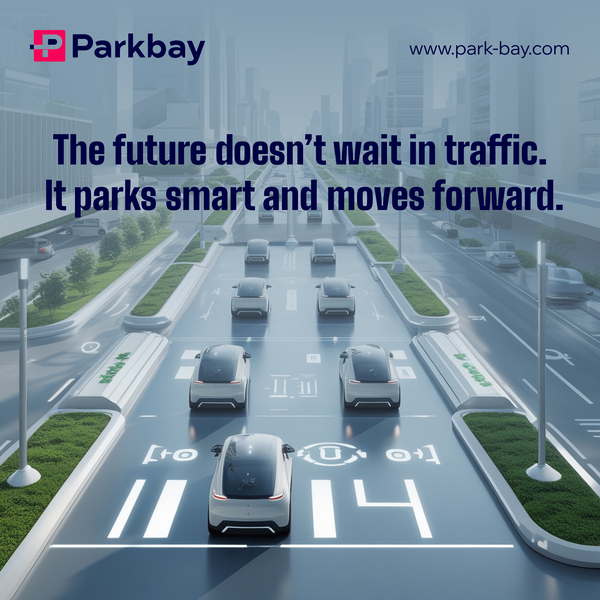



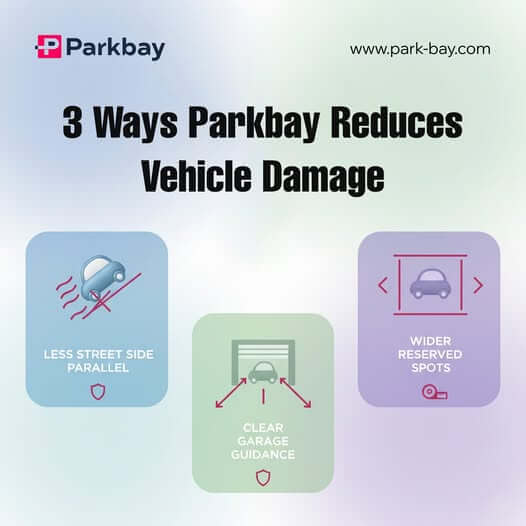
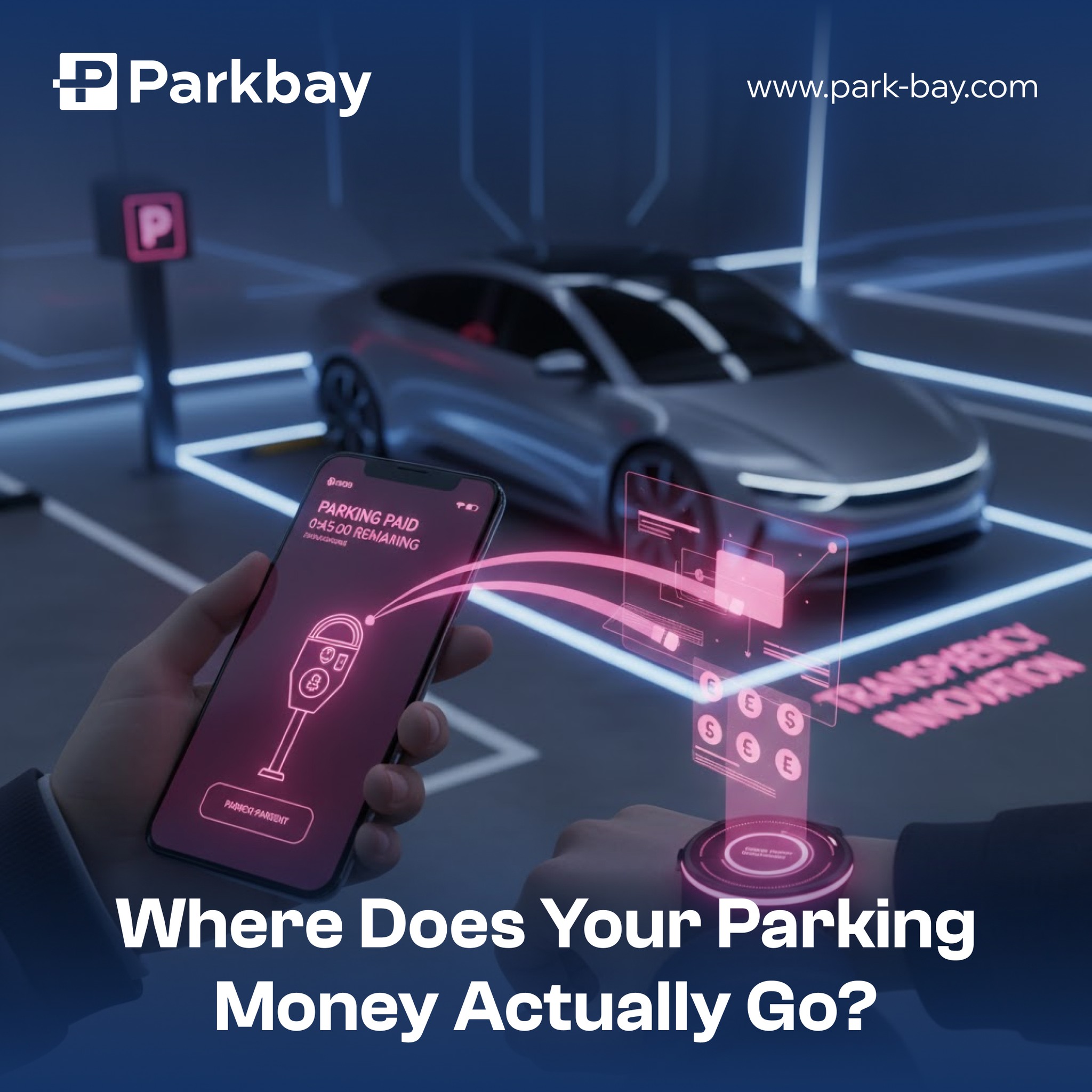
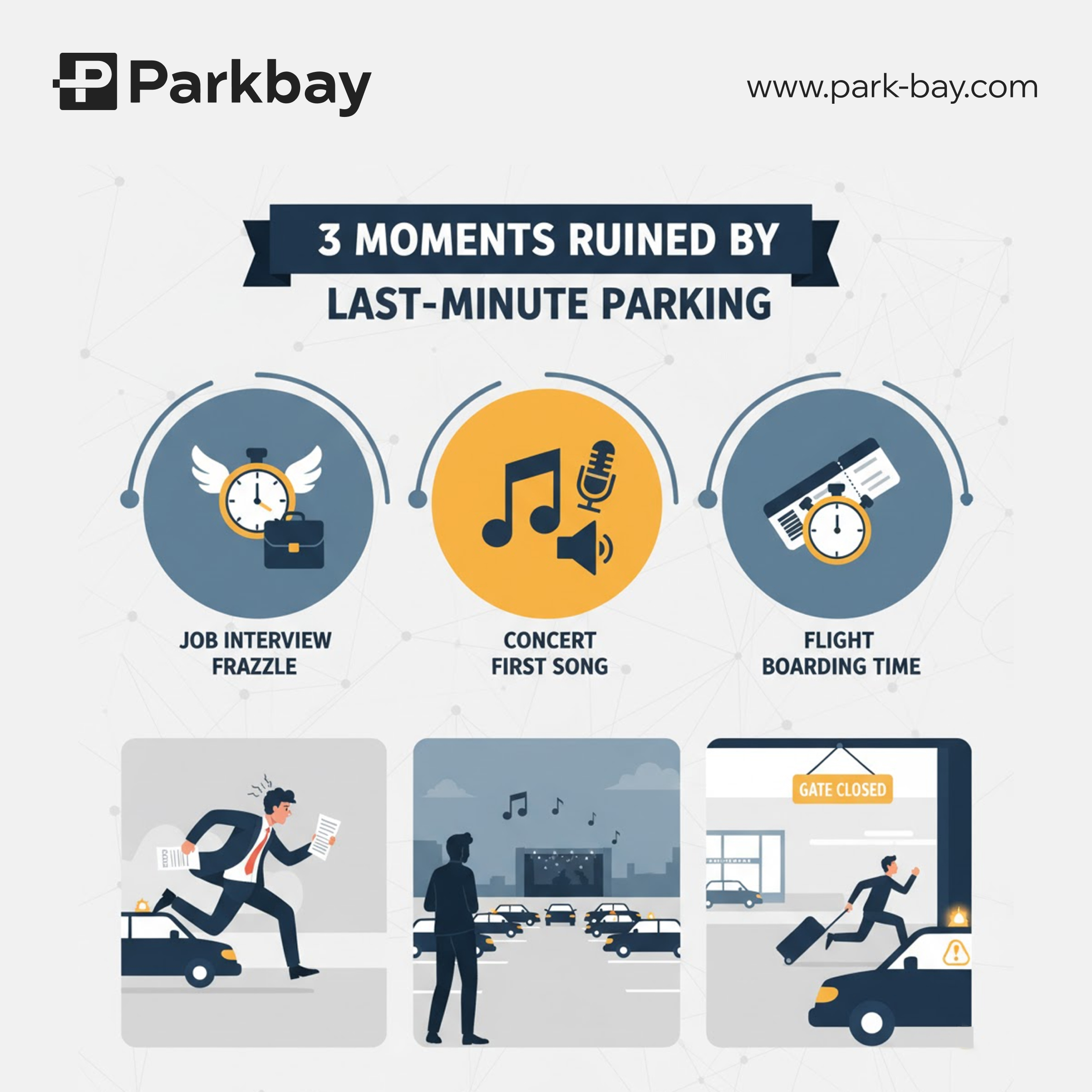
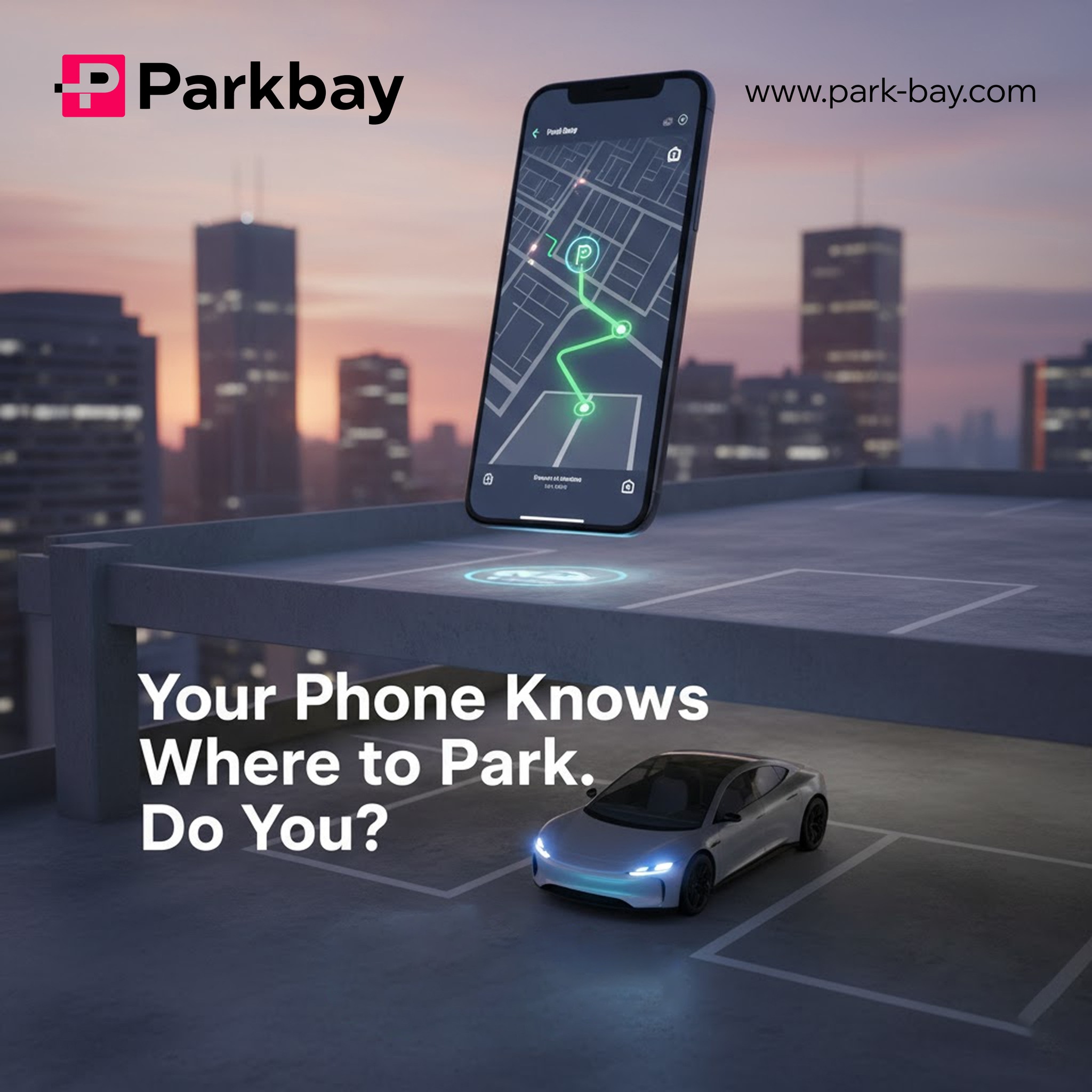
Leave a reply